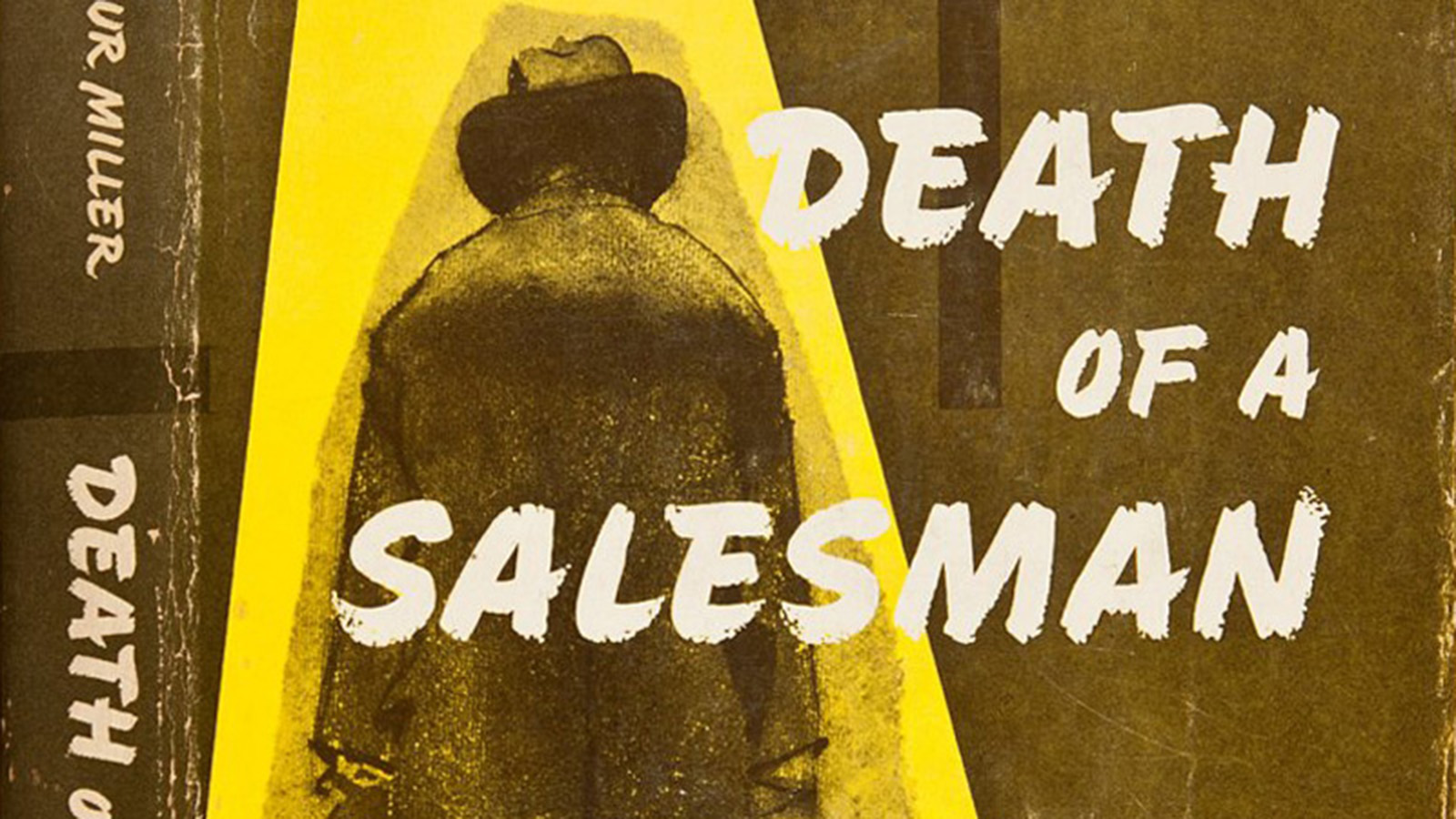Pareeshe Fatima
Arthur Miller, born in 1915 in New York, was an influential American playwright known for incorporating social consciousness into his work and exploring the inner lives of his characters. His most famous play, “Death of a Salesman” (1949), exemplified his ability to delve into the human condition.
Growing up during the Great Depression, Miller’s family experienced financial hardship, which significantly influenced his perception of the uncertainty of modern life. After working in a warehouse to save money, he attended the University of Michigan, where he began writing plays. His early success came with “Focus” (1945) and “All My Sons” (1947), the latter earning him a Tony Award and marking his initial collaboration with renowned director Elia Kazan.
“Death of a Salesman,” a portrayal of the tragic downfall of Willy Loman due to societal values, solidified Miller’s reputation as a playwright. He emphasized the importance of featuring ordinary individuals at the core of tragic narratives. Drawing from personal experiences and family stories, Miller crafted this iconic play, which garnered widespread acclaim, including a Tony Award and a Pulitzer Prize.
In “The Crucible” (1953), Miller drew parallels between the Salem witch trials and the McCarthyism of his era, reflecting a period when investigations of supposed subversive activities were prevalent. Despite not achieving the same level of popularity as “Death of a Salesman,” the play also received critical acclaim and won a Tony Award for best play.
Pl subscribe to the YouTube channel of republicpolicy.com
Throughout his career, Miller explored various themes in plays such as “A View from the Bridge,” “After the Fall,” and “The Price,” delving into topics like human relationships, guilt, and responsibility. His body of work demonstrated a commitment to addressing social and moral issues through the medium of theater.
Aside from his theatrical accomplishments, Miller wrote the screenplay for “The Misfits” (1961), featuring his then-wife Marilyn Monroe and Clark Gable. His final play, “Finishing the Picture” (2004), was inspired by the experience of filming “The Misfits.”
Arthur Miller’s contributions to literature and theater were recognized with accolades, including the Japan Art Association’s Praemium Imperiale prize for theatre/film in 2001. His enduring legacy continues to influence and inspire audiences and artists worldwide.
Literary Criticsim of Death of a Salesman:
Arthur Miller’s “Death of a Salesman” is a poignant exploration of the American Dream and the human condition, skillfully crafted to depict the tragic downfall of its protagonist, Willy Loman. The play delves into the complexities of family dynamics, societal pressures, and the disillusionment of pursuing the traditional markers of success, offering a narrative that resonates with the shared experiences of the audience.
Miller masterfully presents Willy Loman as a relatable yet flawed character, grappling with his fading career and unrealized aspirations. The character’s internal conflicts and external challenges mirror the universal struggle for identity and significance. Through Willy’s unraveling mental state and poignant interactions with his sons, the play evokes a deep sense of empathy and introspection, making the audience feel a strong connection to the character.
The symbolism of Willy’s profession as a traveling salesman serves as a metaphor for the elusive nature of the American Dream and the dehumanizing effects of the pursuit of material success. Willy’s relentless pursuit of the “well-liked” persona encapsulates the broader societal obsession with external validation, highlighting the detrimental impact of unrealistic expectations and societal norms on individual well-being.
The climactic scene, wherein Biff confronts Willy about the futility of his beliefs, serves as a powerful catalyst for the protagonist’s tragic demise. Willy’s ultimate act of self-destruction becomes a poignant commentary on the harsh realities of an idealized past, shattered dreams, and the disintegration of personal dignity.
Furthermore, the play’s structure, incorporating a requiem, adds depth to the narrative by providing insight into the aftermath of Willy’s death, offering a reflection on the repercussions of his actions and the enduring legacy of his struggles.
Overall, “Death of a Salesman” stands as a timeless literary masterpiece, compellingly articulating the disillusionment and shattered hopes prevalent in modern society. Arthur Miller’s poignant portrayal of Willy Loman’s demise resonates beyond the confines of the stage, inviting audiences to contemplate the human drive for significance and the relentless pursuit of societal ideals, underscoring the enduring relevance of the play.















